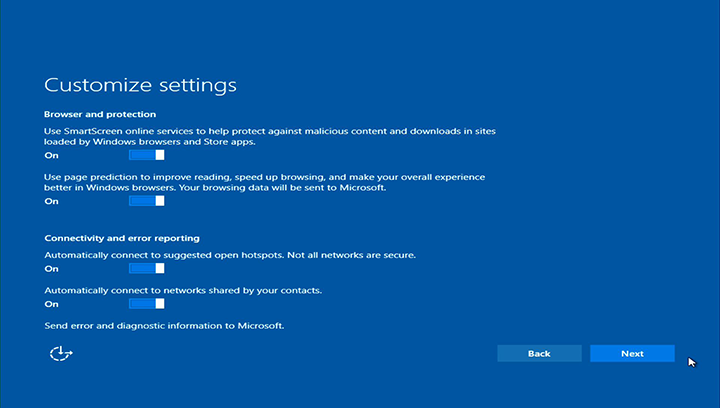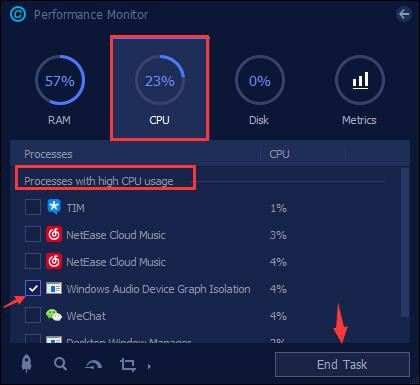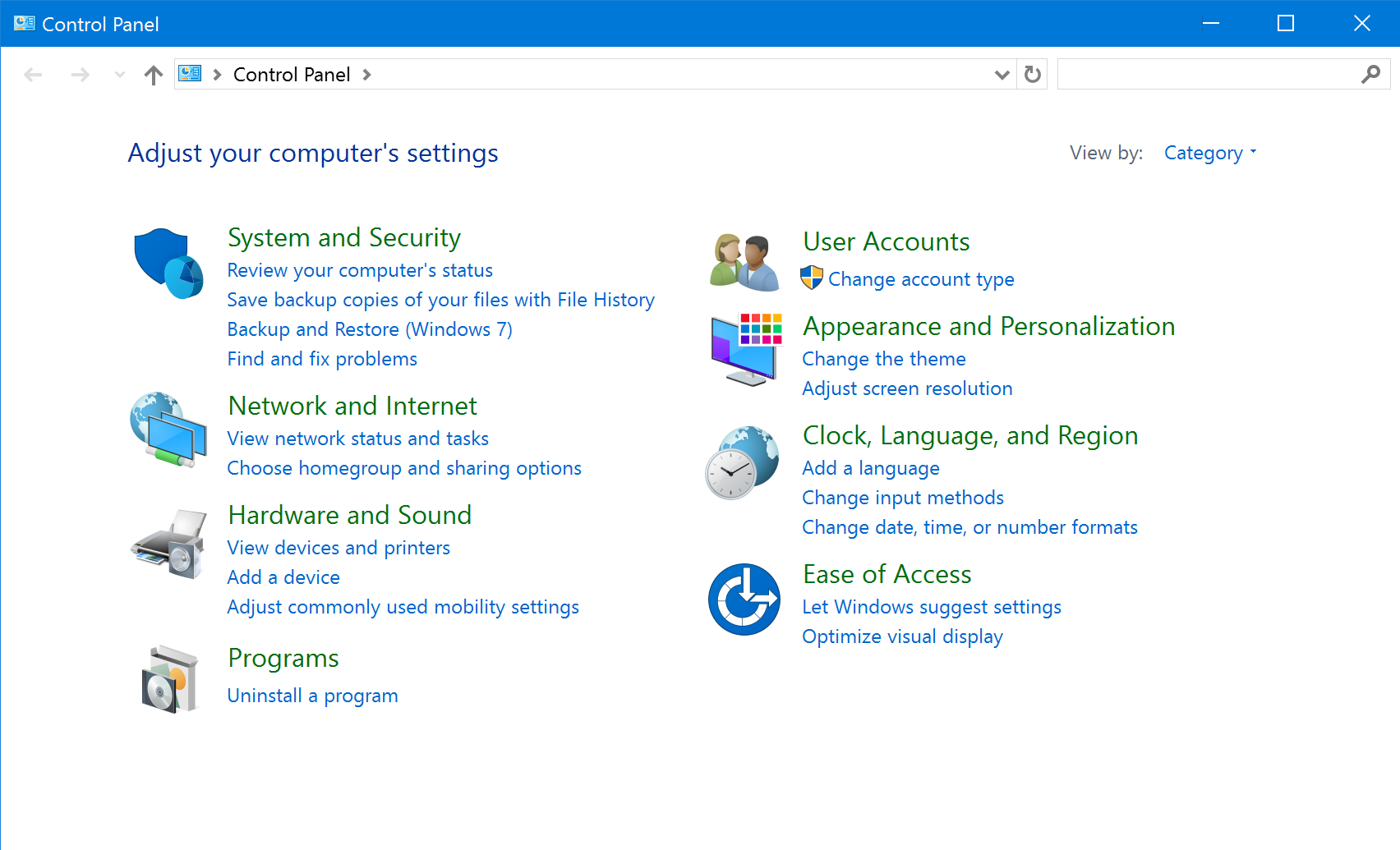

The only thing I've noticed is that when I'm not running QuickCPU it is perfectly stable, so I'm guessing it's a setting in there. It's just tough to diagnose because I'm not using the computer actively when it happens. I never checked the cache downbin, but it looks like it does downclock with CPU load in CPU-Z. Not necessarily isolated to core parking. I'll try it without the hardware duty cycling Peak turbo speed is ~4.9Ghz single core, ~4.7Ghz all core. No, I haven't tried it without the BCLK adjustment, but it is perfectly stable for days on end without QuickCPU running. Specifically how I set my computer up is as below, most of the options are defaults. Now this does not mean I'll ace benchmarks with the machine, but it'll still be within a few percent of the top speeds, while being a lot more frugal on power. I set up my plan specific to my needs of the computer, and have not noticed any slow-downs, hitching, stuttering or other ill effects in what I do.

QuickCPU is a basic, open source piece of software that allows you to modify settings in your windows power plan, monitor use of the processor, and alter nearly every power setting the processor has. I found that I could change the power plan variables manually to enable them, but this was fiddly and tedious. I looked for ways of checking that these were enabled (they weren’t) and then ways of enabling them. The second thing I did was learn a bit about Speedshift, and how it and Hardware Duty Cycling worked/what they are. The first thing I did was go into the bios and enabled speedshift, explicitly enabled all possible c-states (C10 and below) and set a negative offset for the processor voltage. What I didn't realise is that when it isn't working hard, it can be extremely efficient. It is not known as the most power efficient/frugal cpu in the world, I never bought it for that reason.

Recently I lost my job (covid!), I'm a reasonably heavy user in terms of time on my computer, and I looked at how I could save on power on my desktop.

What follows is what I've discovered over the last few weeks There have been some questions about how I managed to get the power usage of my 9900k down so low.


 0 kommentar(er)
0 kommentar(er)
